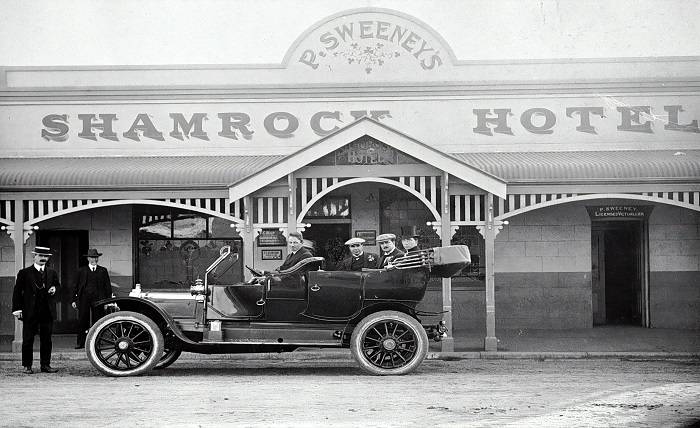
How Driver’s Ed Has Changed Throughout History
Today we know driver’s ed as a small course that everyone must take before they are allowed to take the test to get a driver’s license. However, the driver’s ed that we know has not always been the status quo. Driver’s education has come a long way since it was first introduced in the early 1900s. The biggest difference between then and now is the focus on safety. In the early days, driver’s education was more about teaching people the basics of how to operate a vehicle. Today, driver’s education is all about teaching people how to be safe drivers. The driver’s ed program has grown and changed in the century-long existence of motor vehicles and roads. Continue reading to see the interesting history of driver’s ed and how it has molded and changed into the extensive programs that we know today.
The history of driver’s ed programs
The first driver’s education course that was offered was an Illinois driving program in 1901, and the first high school driver’s education class was taught in Ohio in 1904. Driver’s education became increasingly popular throughout the United States in the 1920s and 1930s as the number of cars on the road increased. The goal of these early driver’s education courses was to teach people the basics of how to operate a vehicle.
In the 1950s, driver’s education began to focus more on safety. This was in response to the increasing number of traffic accidents that were occurring as the number of cars on the road continued to grow. The goal of driver’s education became to teach people how to be safe drivers, and this remains the focus of driver’s education today.
Driver’s education is now mandatory in most states for all new drivers, and it typically includes both classroom instruction and behind-the-wheel training. The goal of driver’s education is to teach people the skills they need to be safe drivers. By educating people about the dangers of driving and teaching them how to be safe drivers, driver’s education courses help to reduce the number of traffic accidents that occur each year.
What are the biggest differences today?
There are many ways that the education for drivers has changed and it is mostly due to the advancements in car technology and road laws. Some of the other biggest differences between early driver’s education and today’s driver’s education include:
-The introduction of simulators and other technology-based tools to help teach people how to drive.
-A greater focus on the dangers of distracted driving, such as texting while driving.
-An increased emphasis on defensive driving techniques.
-A greater focus on teaching people how to share the road with other users, such as bicyclists and pedestrians.
– The way the curriculum is taught. In the early days, driver’s education was typically taught in a classroom setting. Today, it is often taught online or in a simulated environment.
– The amount of time it takes to complete. In the early days, driver’s education could take weeks or even months to complete. Today, it can often be completed in just a few hours.
– The cost. In the early days, driver’s education could be quite expensive. Today, there are many free or low-cost options available.
Driver’s education has come a long way since it was first introduced in the early 1900s, and today the focus is on teaching people how to be safe drivers. By educating people about the dangers of driving and teaching them how to be safe drivers, driver’s education courses help to reduce the number of traffic accidents that occur each year. Today’s driver’s education courses are designed to teach people how to be safe drivers, not just how to operate a vehicle.




